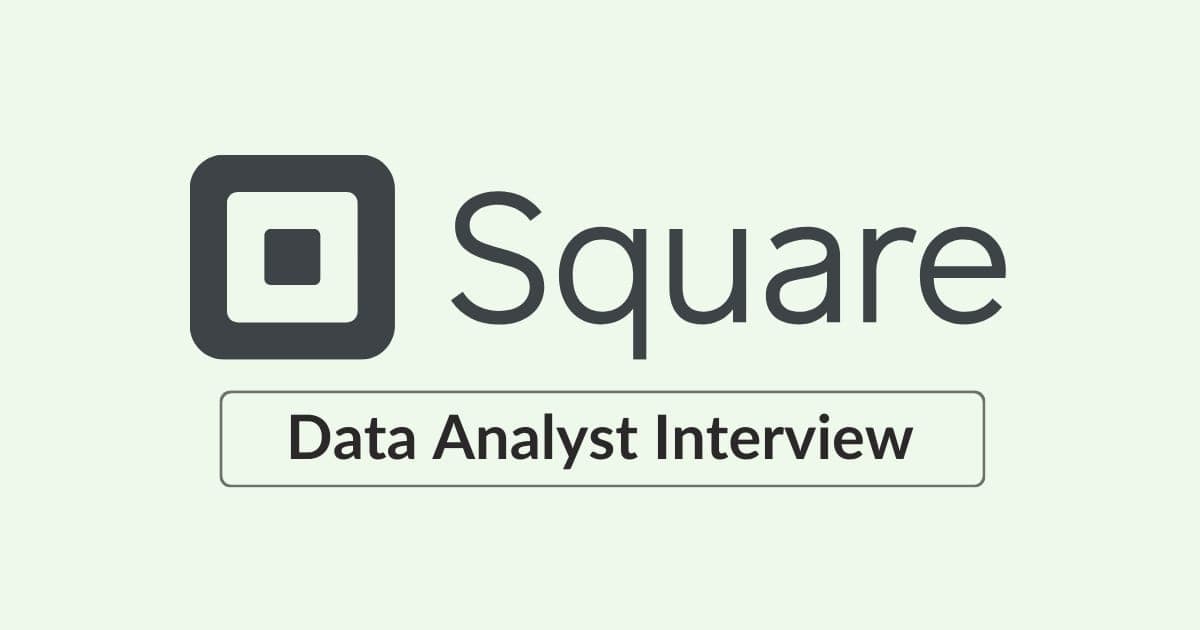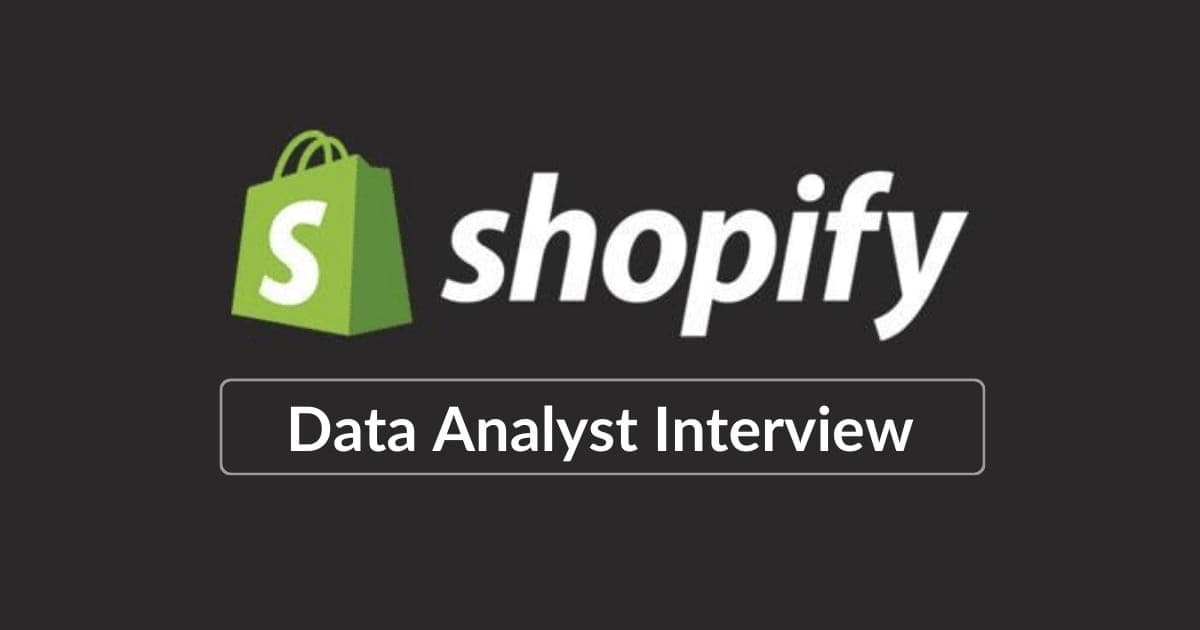A/B testing is a staple in product analytics and data science interviews at many tech companies. For companies like Google, Meta, and Amazon, A/B tests allow teams to make data-backed decisions that improve user experience and boost business metrics. A/B testing interview questions are designed to assess your analytical thinking, understanding of statistical principles, and ability to apply findings to business decisions.
Here, I’ll walk you through the framework for answering A/B test interview questions, with advice from my experience as a practitioner and interviewer. The interview isn’t about creating a perfect A/B test but demonstrating to interviewers that you understand the nuances and best practices in A/B testing.
Let’s dive in!
A/B Testing Interview Framework
Imagine an interviewer asks, “Walk me through how you would A/B test this new feature.” This question is more than a technical challenge – it’s an invitation to show you can think strategically. Here’s a step-by-step framework to help you succeed.
Phase 1 - Business Goal & Context
Start by clarifying why the experiment is being conducted. A good A/B test ties back to business goals, so make it clear that you understand the big picture.
Step 1. Clarify the Purpose and Define the Hypothesis
- Identify the Treatment and Control: Define the exact difference between the control and treatment groups. For example, if you’re testing a new feature that changes the layout of a homepage, clarify that this treatment group will see the new layout, while the control group will not.
- Formulate a Hypothesis: An effective hypothesis isn’t just about showing an effect but about showing a meaningful business impact. For example: “This new layout will increase user engagement by 15%.”
Step 2. Define Success and Guardrail Metrics
Metrics give structure to your A/B test, but not all metrics are created equal. Use three types of metrics to build a full picture of the test’s goals and risks.
- Success Metrics: Propose at least 2-3 potential success metrics and select one to focus on. Success metrics should directly reflect the desired outcome of the test, like click-through rate (CTR) if you’re measuring engagement. A well-chosen success metric ties back to the business goal and keeps the test’s focus clear.
- Guardrail Metrics: These are metrics you don’t want to harm as a result of your test. For example, if you’re testing a feature expected to increase session duration, you’d want to track user retention rate as a guardrail metric to ensure users aren’t turned off by excessive time demands.
Explain why you’ve chosen each metric to show how it aligns with business goals. Interviewers want to see that you understand not just what to measure, but why.
Phase 2: Designing the Experiment
Once you’ve clarified the context, hypothesis, and metrics, it’s time to design the experiment. This is where you lay out the logistics of running the test to ensure valid, unbiased results.
Step 3. Choose the Unit of Randomization
- Randomizing users is common, but choosing the right unit is crucial. For instance, if you’re testing a new checkout feature on an e-commerce site, it may make more sense to randomize at the session level rather than the user level. This approach helps avoid interference and ensures that your unit of randomization can fully experience the treatment.
Step 4. Decide When Units Enter the Experiment
- Choosing an entry point helps minimize dilution. If you’re running an experiment to test a feature that appears on the checkout page, it makes more sense to include users only when they reach that page, rather than when they first enter the site. Otherwise, you risk adding users who will never experience the treatment, diluting the data.
Step 5. Select Statistical Tests
- A basic A/B test often involves a t-test or z-test, but for more complex scenarios, you might need quasi-experimental techniques like difference-in-differences (DiD). For example, DiD can be useful when randomizing at the city level and there may be pre-existing biases.
- Consider the appropriate adjustments when testing multiple metrics. Mention approaches like the Bonferroni correction or False Discovery Rate (FDR) to control the potential for false positives in your results.
Step 6. Conduct Power Analysis
- Power analysis is essential for determining how long you need to run your test. Mention that you’d conduct a power analysis using a confidence level (typically 95%) and power (often 80%) to estimate the minimum sample size required for detecting an effect.
Just mentioning that you would conduct a power analysis shows awareness of statistical rigor, but be ready to dive deeper for senior roles.
Phase 3: Analyzing Results and Making Recommendations
After the experiment concludes, you will analyze the results to demonstrate value. Your ability to interpret data and make actionable recommendations can set you apart.
Step 7. Evaluate the Statistical Outcomes
- If your primary metric is statistically significant, discuss how it aligns with the business goals. If it isn’t, offer solutions like extending or repeating the test, and explain the potential trade-offs.
- If the primary metric is not statistically significant, discuss options such as extending the test or even discussing with stakeholders whether a small effect size is still meaningful to the business.
Always connect your recommendations to the original business goals. Show how your findings can inform broader product or business decisions.
Step 8. Consider follow-up discussions
- On guardrail metrics - If a guardrail metric is negatively affected, consider actions like adjusting the treatment to mitigate the negative impact, or segmenting the test population. For instance, if your treatment increases engagement but harms retention, you might limit the rollout to user segments where retention is not affected.
- On segmentation analysis - Propose ways to analyze results by segment (e.g., user demographics, geographic location) to detect heterogeneous treatment effects. This shows you’re thinking about personalized experiences and the nuances that can arise in large, diverse user groups.
👉 For mock interview video recordings and a comprehensive AB testing course, consider joining the Ultimate Prep Program which contains video lessons, mock interview videos and Slack community group with members actively preparing for product analytics interviews at top companies like Meta and Google.
Common Follow-Up Questions and “Gotchas”
Interviews often include follow-up questions designed to test your critical thinking and adaptability. Here’s how to handle some common questions that can reveal your depth of understanding in A/B testing.
1. Mid-Test Performance Drop
- Suppose your test initially performs well, but metrics drop midway. A possible explanation could be the novelty effect. Users might initially react positively to the treatment simply because it’s new, but over time, their excitement wanes.
2. Addressing Guardrail Compromises
- If your primary metric shows improvement, but a guardrail metric declines, investigate why. This could be due to a trade-off inherent in the treatment. Propose solutions like adjusting the treatment or rolling it out only to segments where guardrail impacts are minimal.
3. Diagnosing Negative Success Metrics
- If your success metric is negative, suggest diagnostics like checking for confounding factors, seasonal effects, or imbalances between control and treatment groups. This level of detail shows you’re thinking about the bigger picture and can offer practical solutions to complex issues.
A list of AB Testing Interview Questions
Here's a comprehensive list of AB testing questions that come up in large tech (e.g. Google, Meta and Amazon) and startups (e.g. Stripe):
- Describe the importance of control groups in AB testing.
- What is a p-value, and why is it critical in evaluating AB test results?
- How do you determine the sample size needed for an AB test?
- How do you calculate and interpret statistical power?
- How do you conduct multivariate test?
- What's the difference between frequentist vs Bayesian methods to A/B testing?
- How do you interpret a statistically significant result with a low effect size?
- What steps would you take if your AB test results are inconclusive?
- How do you calculate lift, and what does it indicate about the impact of an experiment?
- What are primary and secondary metrics, and why would you choose one over the other?
- How do you avoid metric dilution when running multiple AB tests simultaneously?
- Describe a situation where optimizing for one metric led to a decrease in another important metric. How did you handle it?
These concepts and methods will give you a strong foundation for any A/B testing discussion.
Pro Tips for Acing Your A/B Testing Interview
- Master the Fundamentals
Many AB testing questions revolve around basic statistical concepts. Make sure you’re solid on statistical terms and calculations, including p-values, confidence intervals, and effect sizes. We cover the fundamentals of the Ultimate Prep Program! - Understand the Bigger Picture
Remember, A/B testing isn’t just about statistical rigor; it’s about driving business decisions. Relate your answers back to the company’s strategic objectives. - Practice Articulating Your Thought Process
Practice explaining your thought process verbally, especially the why behind each decision. This shows interviewers that you can communicate complex ideas in a clear and structured way. - Engage in Mock Interviews
Practicing with peers or coaches is invaluable for building confidence. Mock interviews provide a safe space. If you are looking for 1:1 help for an AB testing interview, you can book a 1:1 coaching session with me! I've helped clients with no AB testing experience land roles in product analytics/data scientist roles. I can help you, too!



